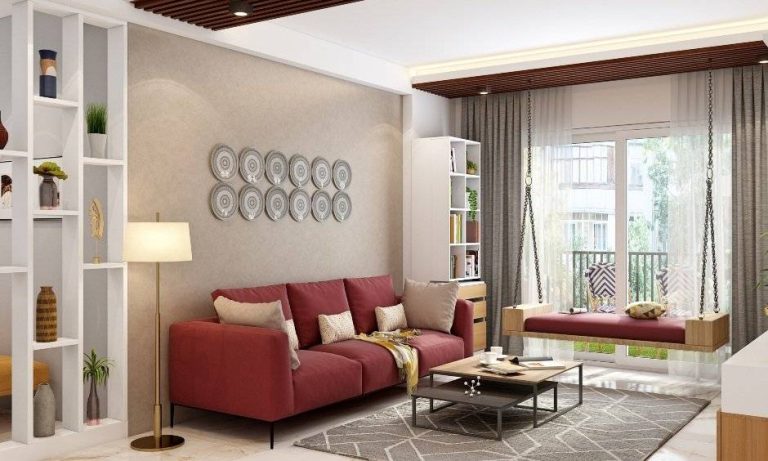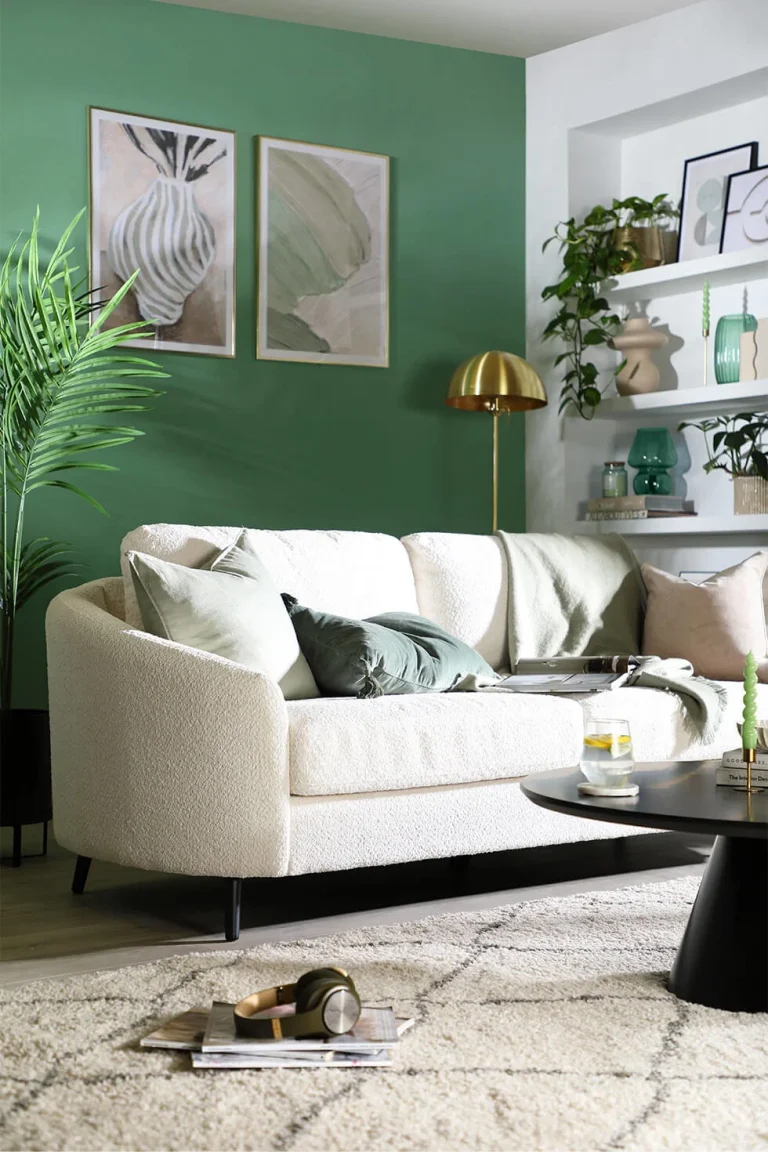Modern Living Room Aesthetics | Latest Living Room 2025
The modern living room, far from being a mere collection of furniture, has evolved into a curated space reflecting personal style, technological integration, and a deep understanding of comfort. It’s where functionality meets artistry, creating an environment that is both visually striking and inherently livable. Embracing modern aesthetics means moving beyond fleeting trends to cultivate a timeless appeal that speaks to the sophisticated tastes of the 21st century homeowner.
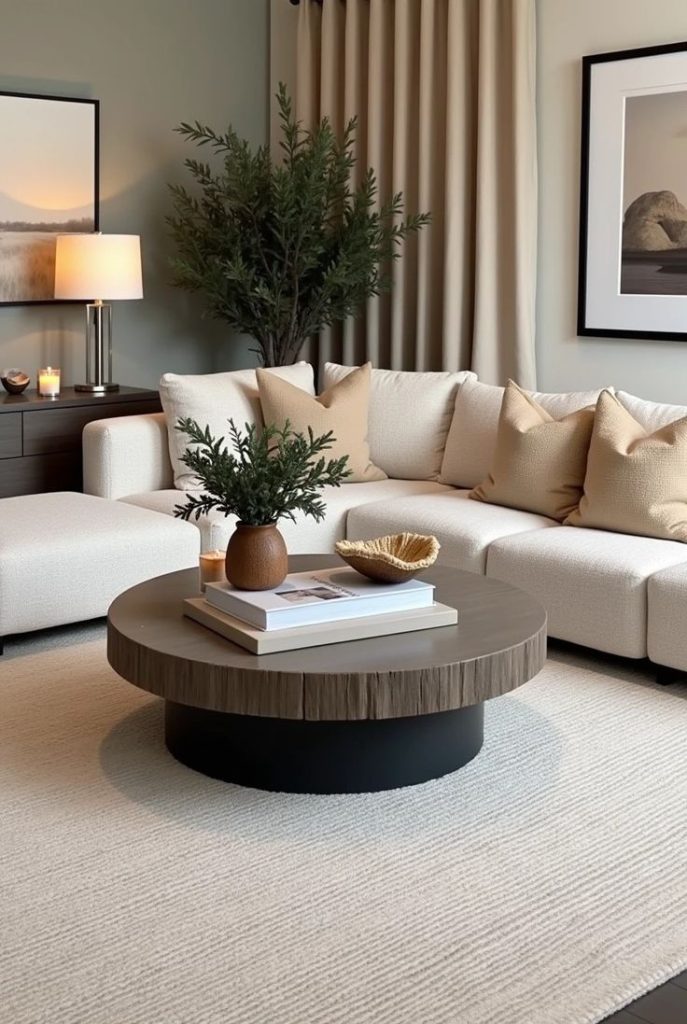
The Foundation of Form and Function
At the heart of modern living room aesthetics lies the principle of balancing form and function. Every element, from the largest sofa to the smallest decorative object, should serve a purpose beyond mere visual appeal. This often translates into furniture with streamlined silhouettes, devoid of excessive ornamentation, yet designed for optimal comfort and practicality. Think low-slung sofas with deep seats, modular units that can be reconfigured to suit different needs, and tables that offer both surface area and integrated storage.
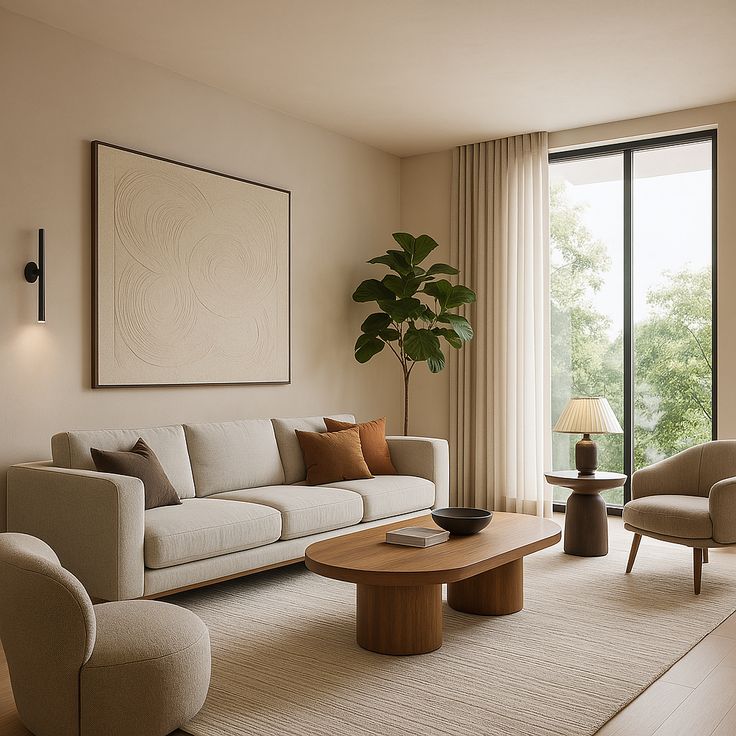
The goal is to create an uncluttered environment where movement is fluid and the eye is drawn to the inherent beauty of well-designed pieces. This approach prioritizes usability and an effortless flow, ensuring the living room is not just a showpiece but a truly functional heart of the home. The integration of technology is also discreet, with wires hidden and devices seamlessly incorporated into the design, further emphasizing clean lines and an uncluttered feel.
Embracing Minimalist Principles
Modern living rooms frequently embrace minimalism, not as a sterile void, but as a deliberate choice to highlight quality over quantity. This means carefully selecting fewer, more impactful pieces rather than filling the space with unnecessary clutter. The “less is more” philosophy allows each item to breathe, becoming a focal point in its own right. Negative space becomes as important as the objects within it, creating a sense of calm and openness.
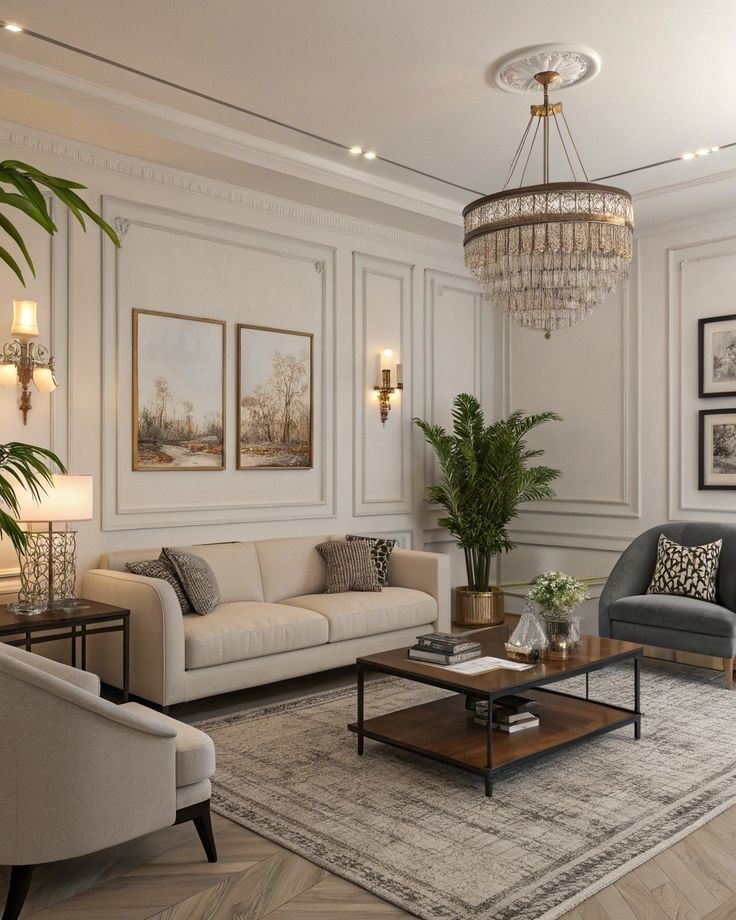
Surfaces are kept clear, and storage solutions are cleverly integrated to maintain a tidy appearance. This intentional restraint fosters a tranquil atmosphere, inviting relaxation and clarity of thought. It’s about curating a collection that truly resonates, ensuring every piece contributes meaningfully to the overall aesthetic and function of the room. This approach avoids the pitfalls of over-decoration, leading to a space that feels both refined and utterly serene.
A Palette of Sophistication
The color palette in a modern living room is often characterized by sophistication and subtlety. Neutrals such as whites, grays, beiges, and blacks form the foundation, providing a timeless and versatile backdrop. These subdued tones create a sense of calm and allow other design elements, like textures or accent colors, to truly stand out. However, modern aesthetics are not devoid of color; rather, color is introduced thoughtfully and purposefully.
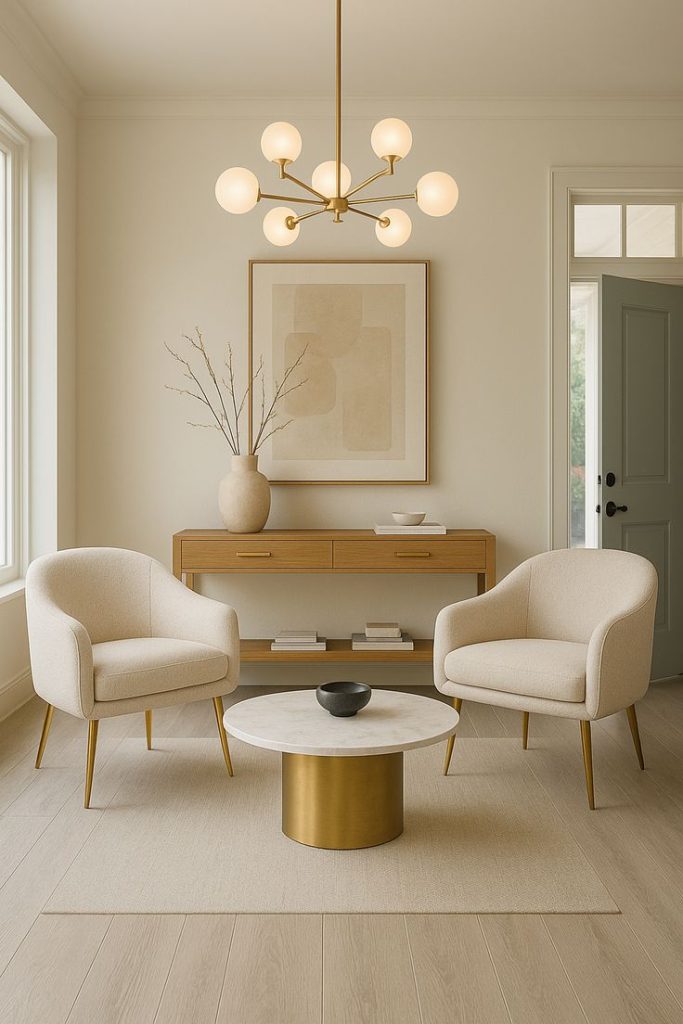
Pops of vibrant hues, perhaps in a single piece of artwork, a throw pillow, or an accent chair, can inject personality and dynamism without overwhelming the serene backdrop. The key is balance and intentionality, ensuring that any added color complements the overall scheme and enhances, rather than detracts from, the sophisticated ambiance. This careful selection ensures the space feels inviting and contemporary without becoming overwhelming or overly trendy.
The Power of Texture and Materiality
While clean lines and minimalist forms are hallmarks of modern design, texture and materiality play a crucial role in adding warmth, depth, and sensory interest to the living room. Smooth, cool surfaces like polished concrete, glass, and metal are often contrasted with rich, tactile elements such as natural wood, woven fabrics like linen or wool, plush velvet, and soft leathers. These textural contrasts prevent the space from feeling sterile, adding layers of comfort and visual intrigue. Imagine a sleek concrete coffee table paired with a shaggy rug, or a smooth leather sofa accented with chunky knit throws.
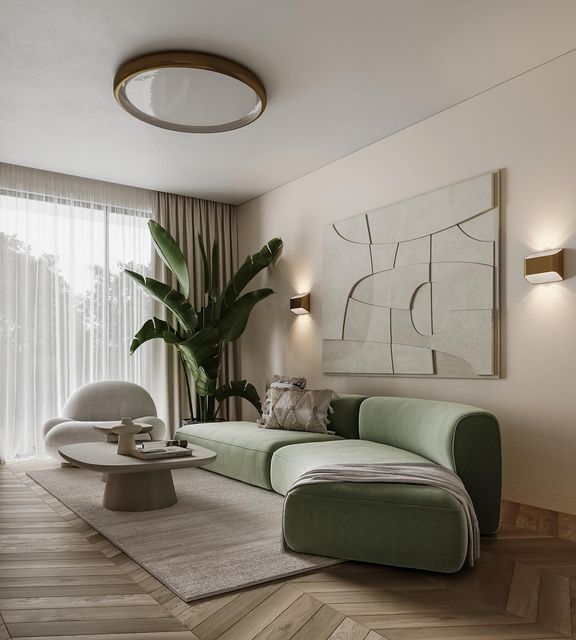
The interplay of different materials creates a multi-sensory experience, making the living room not just visually appealing but also inviting to touch and inhabit. This thoughtful combination of textures is essential for creating a space that feels both modern and genuinely comfortable.
Strategic Lighting as an Art Form
Lighting in modern living rooms transcends mere illumination; it becomes an integral part of the aesthetic, an art form in itself. Rather than relying on a single overhead light, modern designs employ a layered approach, combining ambient, task, and accent lighting to create different moods and highlight specific features. Architectural lighting, such as recessed fixtures and integrated LED strips, often provides a clean, unobtrusive glow. Statement light fixtures, like a sculptural pendant lamp or a minimalist floor lamp, serve as focal points, adding artistic flair.
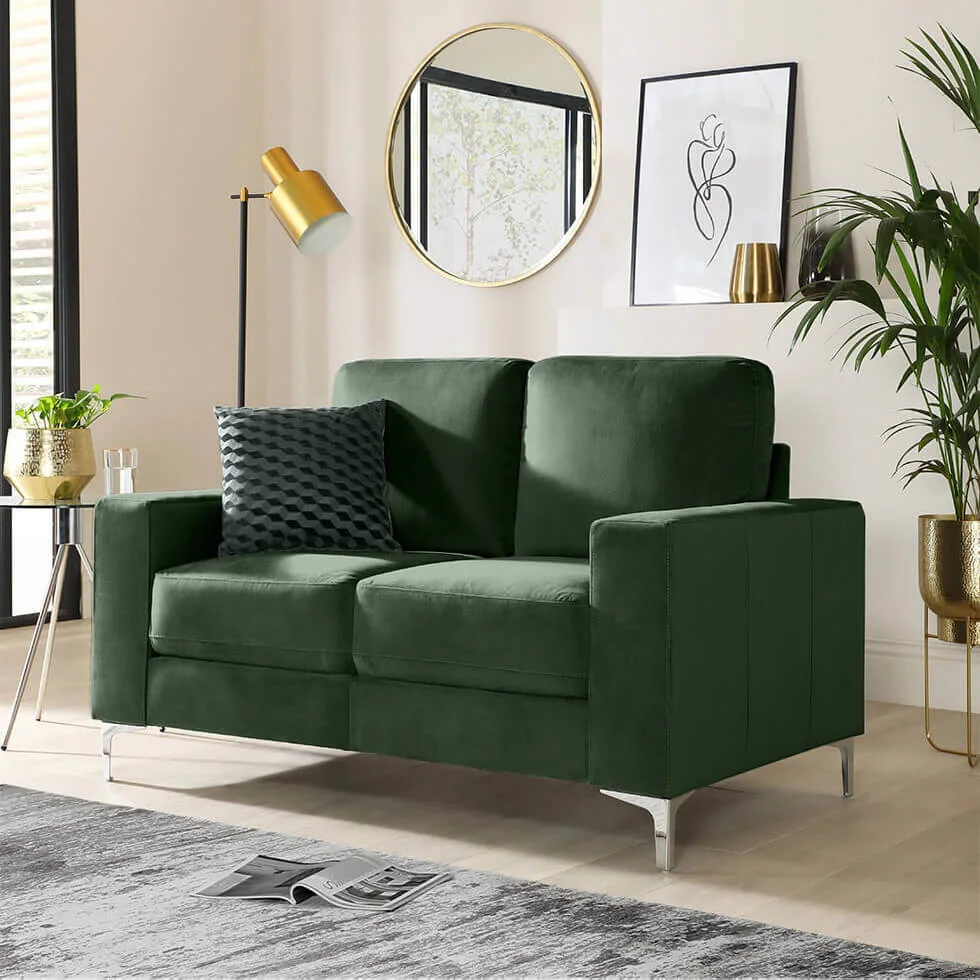
Dimmers are essential, allowing for flexible control over the intensity and atmosphere of the room. The strategic placement of light can dramatically alter the perception of space, emphasizing architectural details, highlighting artwork, and creating inviting pockets of warmth. This thoughtful use of light contributes significantly to the overall ambiance and sophistication of the modern living room.
Integrating Art and Personal Expression
Even in a minimalist setting, art and personal expression are vital components of modern living room aesthetics. Rather than cluttering walls with numerous pieces, modern design often favors a few carefully selected artworks that resonate deeply with the homeowner. These pieces, whether paintings, sculptures, or photography, become focal points, adding character and a sense of individuality to the space. The choice of art is highly personal, reflecting tastes and passions, and can be used to introduce color, texture, or a narrative element.
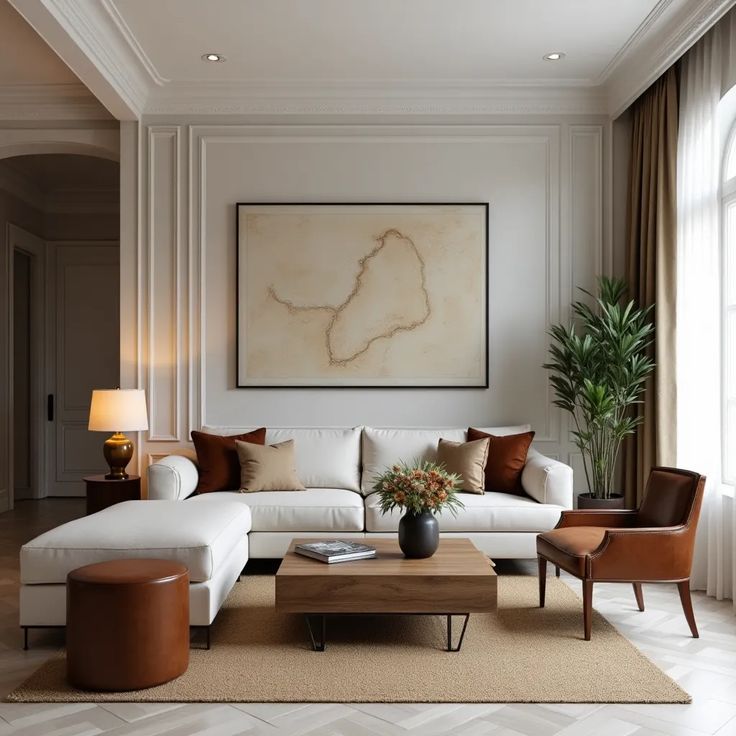
Beyond traditional art, personal expression can also manifest in unique decorative objects, curated book collections, or thoughtfully displayed mementos. These elements, though seemingly small, imbue the living room with personality and a sense of history, making it truly unique and reflective of its inhabitants. They transform a stylish space into a home that feels lived-in and deeply personal.
The Role of Smart Technology
Modern living rooms increasingly integrate smart home technology seamlessly into their design, enhancing both convenience and aesthetic appeal. This integration is often discreet, with devices and controls hidden or blended into the decor to maintain the clean lines and uncluttered feel. Smart lighting systems allow for precise control over ambiance and energy efficiency, while integrated audio-visual systems provide entertainment without visible clutter. Automated blinds and climate control systems contribute to comfort and sustainability.
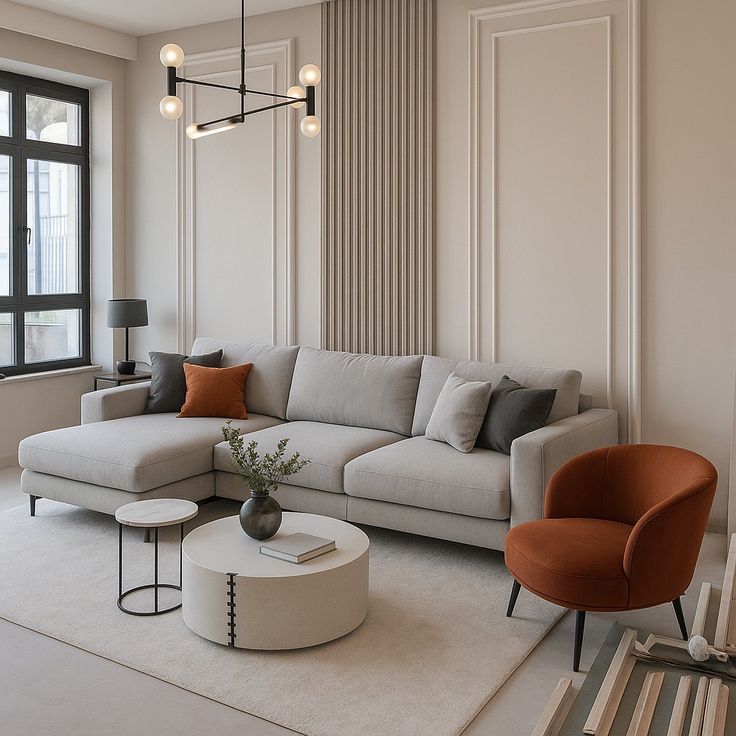
The emphasis is on technology that simplifies and enriches daily life without compromising the visual harmony of the space. This subtle incorporation of innovation ensures the modern living room is not only beautiful but also highly functional and responsive to the needs of its occupants. It represents a forward-thinking approach to living that embraces the best of contemporary innovation.
Connecting with the Outdoors
A strong connection to the outdoors is a hallmark of many modern living room designs. Large windows, sliding glass doors, and even entire walls of glass blur the lines between interior and exterior, inviting natural light and views into the living space. This emphasis on natural light not only brightens the room but also creates a sense of openness and expansiveness. Where possible, living rooms are designed to flow seamlessly onto outdoor patios or gardens, extending the living space and fostering a continuous connection with nature.
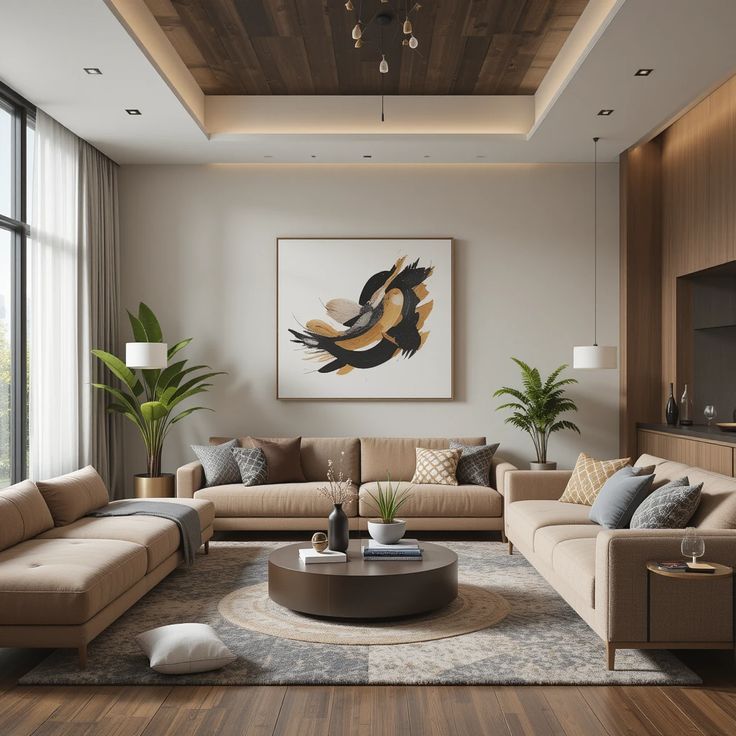
Even in urban environments, incorporating plants, natural materials, and earthy tones can bring a touch of the outdoors in. This integration creates a refreshing and calming atmosphere, enhancing well-being and making the living room feel more expansive and connected to its surroundings.
Cultivating Comfort and Serenity
Ultimately, modern living room aesthetics aim to cultivate an environment of comfort and serenity. Despite its clean lines and often minimalist approach, a truly modern living room feels inviting and relaxed. This comfort is achieved not through excessive ornamentation but through thoughtful material choices, comfortable furniture, and a harmonious balance of all design elements. Soft textures, warm lighting, and a sense of spaciousness contribute to a feeling of calm and tranquility.
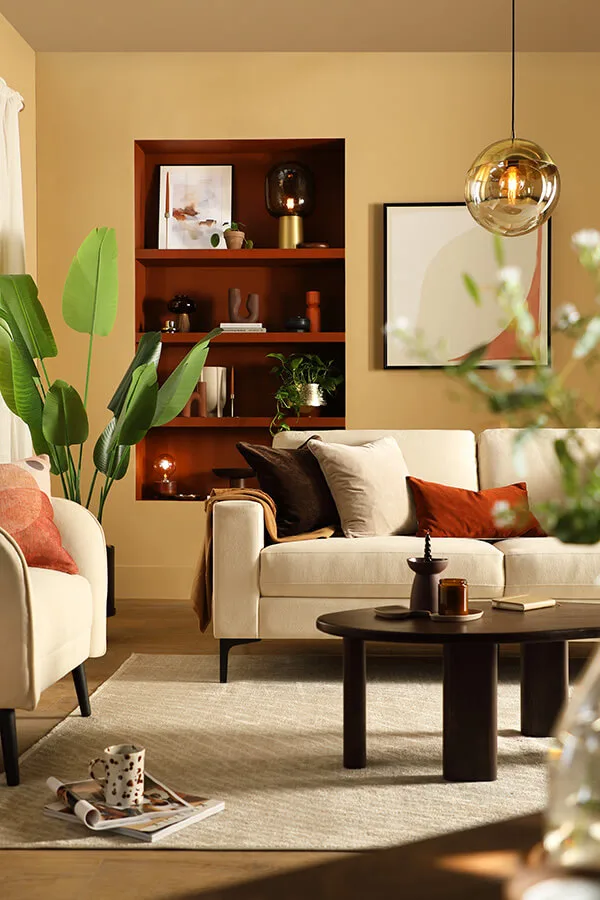
The space is designed to be a haven, a place where one can unwind, entertain, and simply exist in a state of ease. It’s a testament to the idea that modern design is not just about looking good, but about creating spaces that feel good to be in, fostering a deep sense of well-being and peacefulness.

